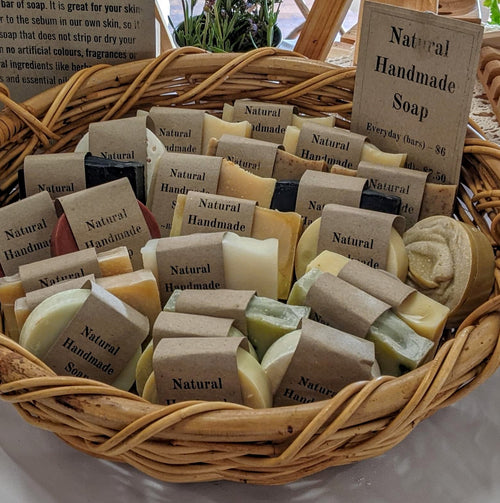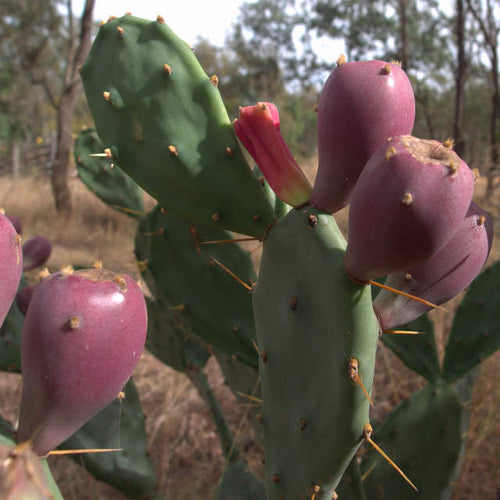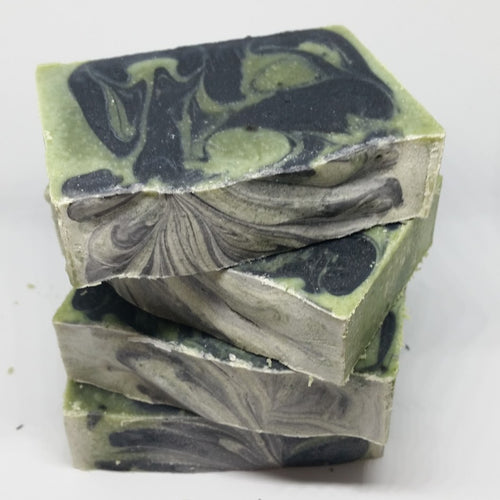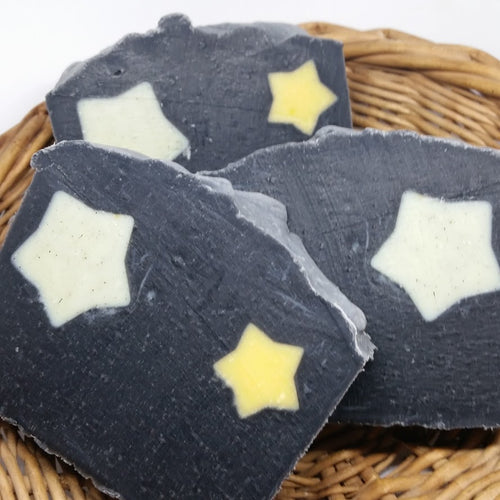How to rebatch soap in a slow cooker
I had made three batches of soap already, so feeling like a seasoned professional, I went ahead with another batch, even though my digital scales needed a new battery and I couldn't find my good thermometer. I figured that I was so good at soap making now that I could be able to use my spare analogue scales and my cheese-making thermometer, even though the scale on both is pretty dodgy and the scales don't seem to zero properly. Yes, the scene is set for a soap making disaster.
Unlike cooking, in which the amounts don't have to be completely accurate, soapmaking is really a chemical reaction in which you do need to measure out very accurately or it won't work. And I really should have known better! I knew something was wrong when the soap took a very long time to reach trace. The suspicion was confirmed when the soap did not set hard after several weeks in the mould. Luckily all is not lost, it is possible to rebatch soap disasters, it just takes a slightly different method and some patience.
| the unset disaster soap scooped out of the moulds |
To rebatch soap successfully, it does help to know where you went wrong. I know I used too much fat, but if I knew exactly how much extra fat it would be much easier to fix, as I could calculated how much more caustic to use to complete the reaction. Unfortunately, my only option was to make another batch of soap with no superfat (exactly the right amount of caustic, or maybe a slight bit extra), process it using a hot process method (where you cook the soap in a pot until its completely reacted, with the failed soap batch added to the pot, and hope that the extra fat in the failed batch was enough to superfat the new batch and balance everything out again.
This post is about how to fix a soap batch with too much fat. If you have used too much caustic you can just melt the soap and add the amount of fat you need to fix it, but if its way too much caustic you might be better to use it for laundry soap.
This is the first time I've tried a hot process method and it was interesting to see how it worked.
First I made a batch of soap using the cold process method (and with 2% extra caustic). I started it in a big pot so that I could fit all of the ruined soap in as well, and set up the pot in a double-boiler (my biggest cheese making pot, this is one way to get your cheese pots REALLY clean!).
You can find out more about tallow soap in my eBook Make your own natural soap
Other posts about soap:
























Hi,
New to soap making (hot process). Made a batch this weekend and came out crumbly. My measurements were correct, I believe I over cooked it. To rebatch the entire thing, can I just re-melt it all and re-mold or do I need to start a new batch then remelt the bad batch with new batch? Also, if I have to restart a new batch then to include old batch, at what stage do I drop the old batch? Hope this all makes sense.
Thank you in advance
Hi Alicia, if you made soap without scales, I would suggest that you throw it out and start again (or just use it for cleaning). You really need to your accurate scales for soap making! Cheers, Liz
Thank you so much for your very valuable information. I think I made a batch with too much lye. It basically coagulated in the slowcooker. I was wandering if you ever tried rebatching it in the slowcooker directly, by adding more oil or fat. Would that work? Thank you so much in advance. I had the audacity of trying to make soap without having a kitchen scale :(
Leave a comment